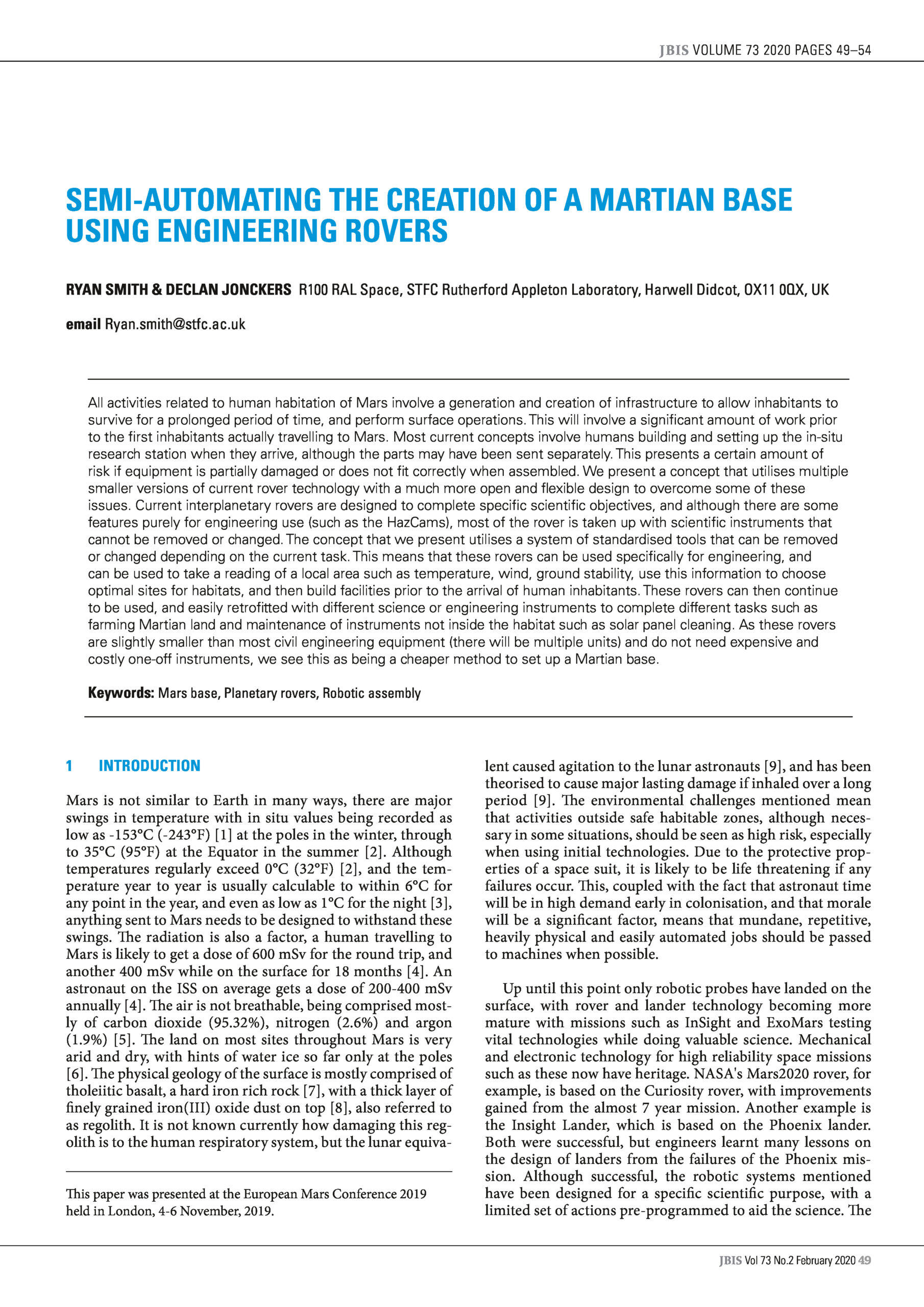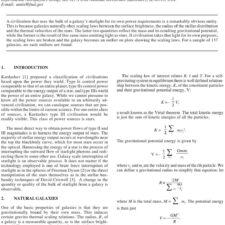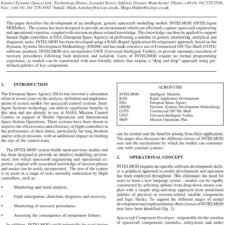Semi-Automating the Creation of a Martian Base using Engineering Rovers
£5.00
R. Smith et al. (2020), JBIS, 73, pp.49-54
Refcode: 2020.73.49
Keywords: Mars base, Planetary rovers, Robotic assembly
Abstract:
All activities related to human habitation of Mars involve a generation and creation of infrastructure to allow inhabitants to survive for a prolonged period of time, and perform surface operations. This will involve a significant amount of work prior to the first inhabitants actually travelling to Mars. Most current concepts involve humans building and setting up the in-situ research station when they arrive, although the parts may have been sent separately. This presents a certain amount of risk if equipment is partially damaged or does not fit correctly when assembled. We present a concept that utilises multiple smaller versions of current rover technology with a much more open and flexible design to overcome some of these issues. Current interplanetary rovers are designed to complete specific scientific objectives, and although there are some features purely for engineering use (such as the HazCams), most of the rover is taken up with scientific instruments that cannot be removed or changed. The concept that we present utilises a system of standardised tools that can be removed or changed depending on the current task. This means that these rovers can be used specifically for engineering, and can be used to take a reading of a local area such as temperature, wind, ground stability, use this information to choose optimal sites for habitats, and then build facilities prior to the arrival of human inhabitants. These rovers can then continue to be used, and easily retrofitted with different science or engineering instruments to complete different tasks such as farming Martian land and maintenance of instruments not inside the habitat such as solar panel cleaning. As these rovers are slightly smaller than most civil engineering equipment (there will be multiple units) and do not need expensive and costly one-off instruments, we see this as being a cheaper method to set up a Martian base.





